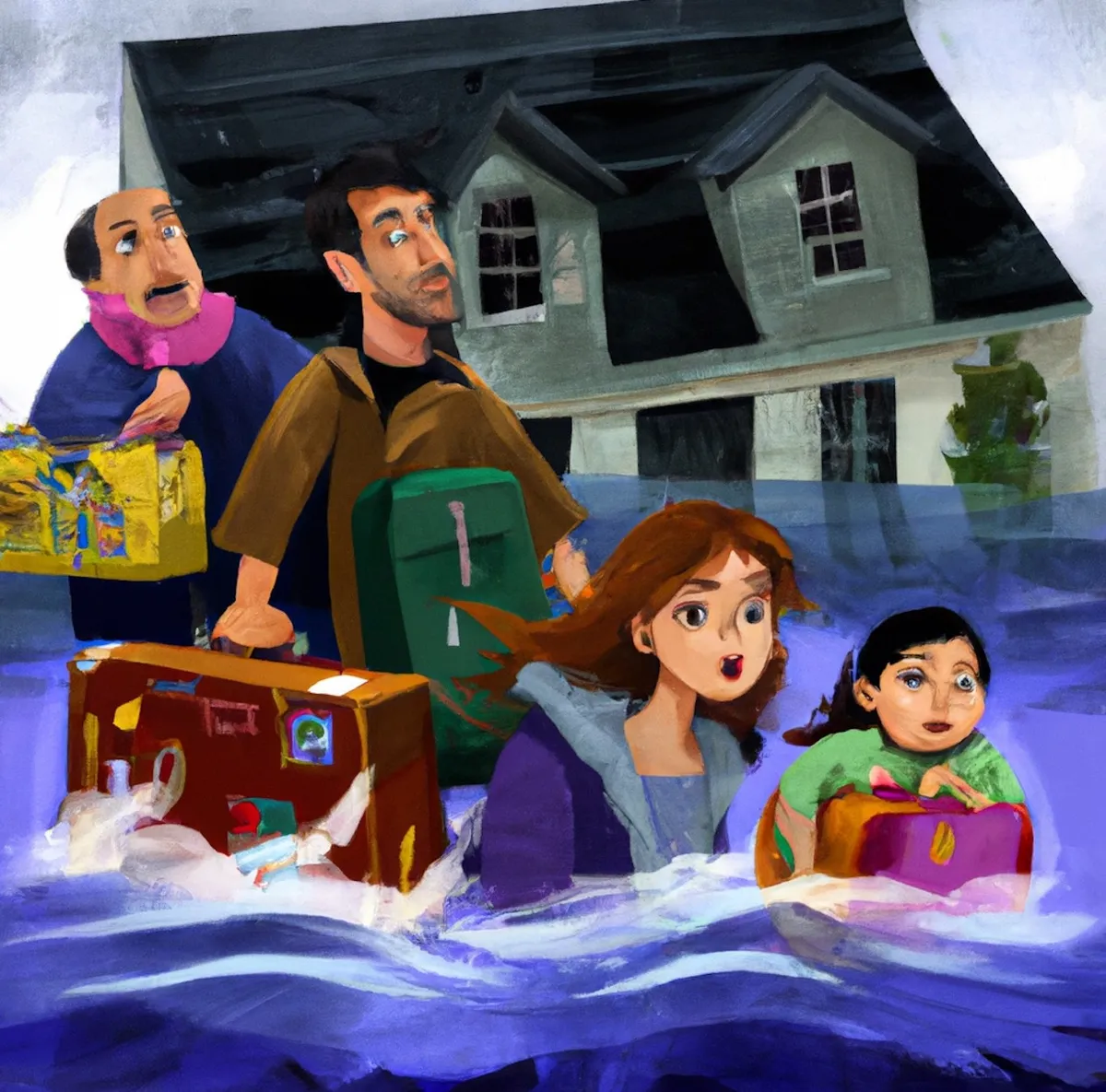Three most common hazards that may require evacuation are wildfires, floods, and hurricanes. Once you have identified your risks for hazards and know how you will receive alerts, you’re ready to create an emergency evacuation plan.
Evacuation time can vary from a few days (before a hurricane makes landfall) to hours or minutes (wildfires and floods).
A solid, actionable evacuation plan is key to make sure that
- Your family gets to a safe place when, or ideally before, a disaster strikes.
- Your home has best possible protection from the hazard.
- You have adequate homeowner's and/or renter's insurance to cover the
Here are the key elements every evacuation plan should include:
Packing List
Panic is your enemy during an evacuation. Creating a list of things you should take with you when evacuating is critical to a quick and orderly evacuation. Make your packing list now. When writing items on your packing list, consider Five Ps of Evacuation.
- People: How will you evacuate people in your household and, if safely possible, pets and other animals/ livestock. How will you evacuate household members who are older or may have special needs - use walker, wheelchair, have memory or cognitive problems, etc.?
- Prescriptions: What medicines will you need to evacuate with? What about medical equipment (with batteries and power cords)? Eyeglasses and hearing aids?
- Papers: Hardcopies of your important documents such as IDs (driver license, passport, etc), insurance (health, home, vehicle, renter's), deeds, birth and marriage certificates, etc. You may keep them together in a folder that is easy to grab and leave quickly with.
- Personal needs: Clothes, foods, water, first aid kit, cash, phones, and chargers.
- Priceless items: Pictures, irreplaceable mementos, and other valuables.
Evacuation Route & Vehicle
You’ll want to know the official evacuation route for the types of emergency that have the potential to affect your community. Many cities will have street signs on routes to evacuate from storm surges. Some cities like New Orleans offer free evacuation out of harm's way via buses or rideshare to shelters.
Remember: wildfires or hurricanes can shift directions without warning, and flood waters can rise quickly. During an emergency, keep up to date about which evacuation routes are usable via official emergency alerts.
Evacuation Destination
It will be important for your family to have a destination in the event of an evacuation. Friends and family often can provide a place to stay if they are within reachable distance, and hotels and motels in surrounding areas may have availability. In most cases, local and state governments can direct you towards temporary shelters. Not all shelters allow for pets.
Family Communication Plan
All of your planning might come to nothing if your family cannot coordinate in the event of an evacuation. Your family communication plan should include contact information for all family members, information for local support agencies in case you get separated, and contact information for schools and daycare centers.
Protect Property
Taking measures to protect your property from disasters should happen well before the time comes for evacuation. There are multiple resources available from reliable sources that list such measures to protect property. Checkout out a compilation of lists from FEMA (Federal emergency Management Agency)
Discuss With Neighbors
Preparing and protecting others often goes beyond immediate family. Neighbors often check in on children, elderly relatives, and have important working knowledge of our day-to-day lives and circumstances. In the event of an emergency, our community is the first line of defense when family communication and logistics are disrupted.
We at Perci are big believers in building relationships in your community to help each other out during disasters. Include your neighbors and friends in your evacuation planning—they may be your family’s most important resource when disaster strikes!




